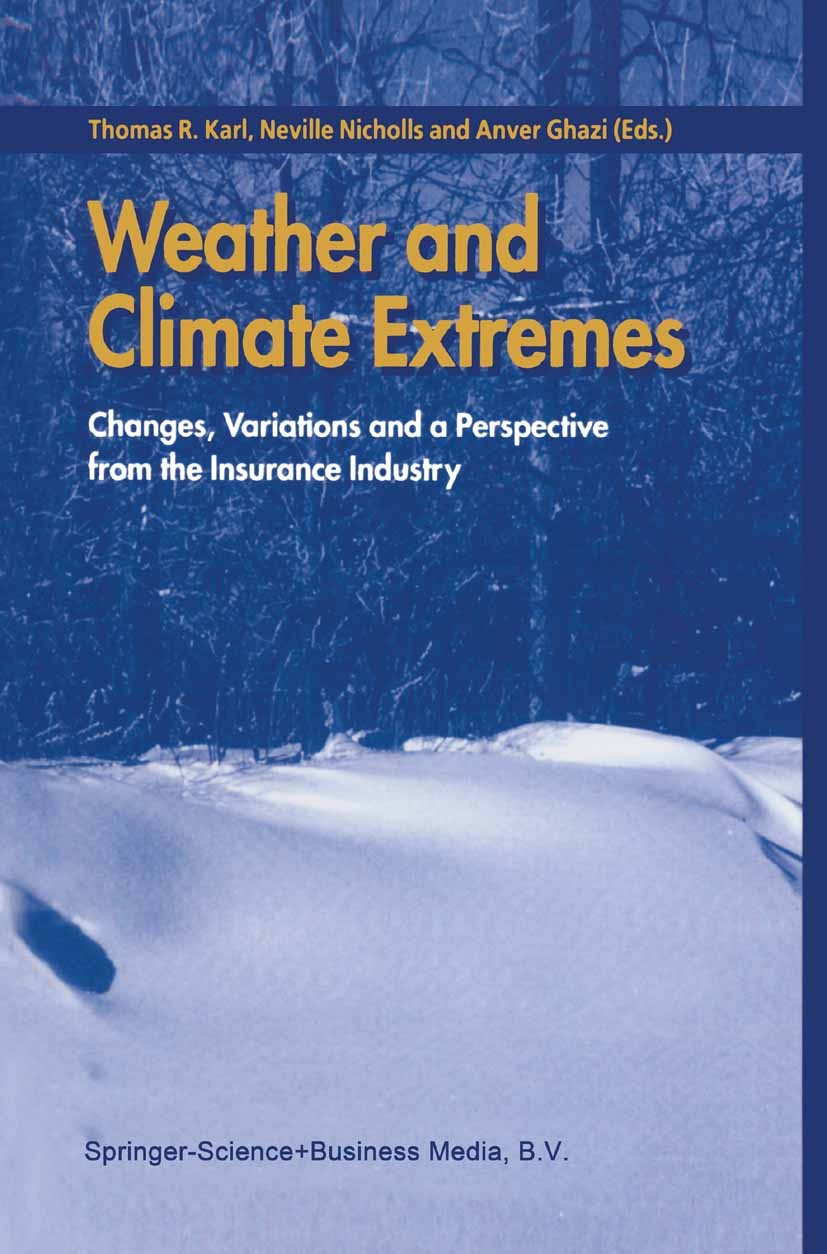Projected impacts of climate and land use changes on streamflow extremes in the upper awash Basin, Ethiopia
IF 6.9
1区 地球科学
Q1 METEOROLOGY & ATMOSPHERIC SCIENCES
引用次数: 0
Abstract
This study examines the projected effects of climate and Land Use and Land Cover (LULC) changes on streamflow extremes in the Upper Awash Basin (UAB), Ethiopia. Using high-performing CMIP6 climate models under SSP4.5 and SSP8.5, and future LULC scenarios under Business-As-Usual (BAU) and Governance (GOV) for the 2030s and 2060s, the SWAT model was employed to simulate hydrological responses. Results revealed that climate change significantly affects streamflow extremes, with high-flow indices; Maximum High Flow (MHF), counts of High-Flow Pulses (HPC), and duration of High-Flow Pulses (HPD) showing pronounced increases, while low-flow indices; Minimum Low Flow (MLF), counts of low-flow pulses (LPC), and duration of low-flow pulses (LPD) exhibited substantial declines. For instance, under SSP8.5 in the 2060s, MHF, HPC, and HPD increased by 63.16 %, 26.85 %, and 14.96 %, respectively, whereas MLF, LPC, and LPD decreased by 67.11 %, 34.40 %, and 5.95 %. In contrast, LULC changes demonstrated statistically nonsignificant effects on both high- and low-flow indices across all scenarios and periods. The BAU scenario projected substantial urban and cropland expansion, resulting in decreased forest and shrubland areas, while the GOV scenario emphasized sustainable land management, controlling urban sprawl and increasing forest cover. Despite these differences, LULC-induced changes in streamflow extremes remained marginal compared to the overwhelming influence of climate change. This study highlights climate change as the dominant driver of future hydrological extremes in the UAB, emphasizing the need for climate-focused adaptation strategies to mitigate adverse impacts on water resources and livelihoods in the region.
气候和土地利用变化对埃塞俄比亚上冲盆地极端水流的预估影响
本研究探讨了气候、土地利用和土地覆盖(LULC)变化对埃塞俄比亚上阿瓦什盆地(UAB)极端流量的预测影响。利用SSP4.5和SSP8.5条件下的高性能CMIP6气候模型,以及2030年代和2060年代在常规商业模式(BAU)和政府模式(GOV)下的未来LULC情景,采用SWAT模型模拟水文响应。结果表明:气候变化显著影响极端流量,具有高流量指数;最大高流量(MHF)、高流量脉冲数(HPC)、高流量脉冲持续时间(HPD)明显增加,低流量指标;最小低流量(MLF)、低流量脉冲数(LPC)和低流量脉冲持续时间(LPD)均大幅下降。例如,20世纪60年代SSP8.5条件下,MHF、HPC和HPD分别增加了63.16%、26.85%和14.96%,而MLF、LPC和LPD分别减少了67.11%、34.40%和5.95%。相比之下,在所有情景和时期,LULC变化对高流量和低流量指数的影响在统计上都不显著。BAU情景预测了大量的城市和农田扩张,导致森林和灌木面积减少,而GOV情景强调可持续土地管理,控制城市蔓延和增加森林覆盖。尽管存在这些差异,与气候变化的压倒性影响相比,lulc引起的极端流量变化仍然很小。本研究强调气候变化是UAB地区未来水文极端事件的主要驱动因素,强调需要以气候为重点的适应战略,以减轻对该地区水资源和生计的不利影响。
本文章由计算机程序翻译,如有差异,请以英文原文为准。
求助全文
约1分钟内获得全文
求助全文
来源期刊

Weather and Climate Extremes
Earth and Planetary Sciences-Atmospheric Science
CiteScore
11.00
自引率
7.50%
发文量
102
审稿时长
33 weeks
期刊介绍:
Weather and Climate Extremes
Target Audience:
Academics
Decision makers
International development agencies
Non-governmental organizations (NGOs)
Civil society
Focus Areas:
Research in weather and climate extremes
Monitoring and early warning systems
Assessment of vulnerability and impacts
Developing and implementing intervention policies
Effective risk management and adaptation practices
Engagement of local communities in adopting coping strategies
Information and communication strategies tailored to local and regional needs and circumstances
 求助内容:
求助内容: 应助结果提醒方式:
应助结果提醒方式:


